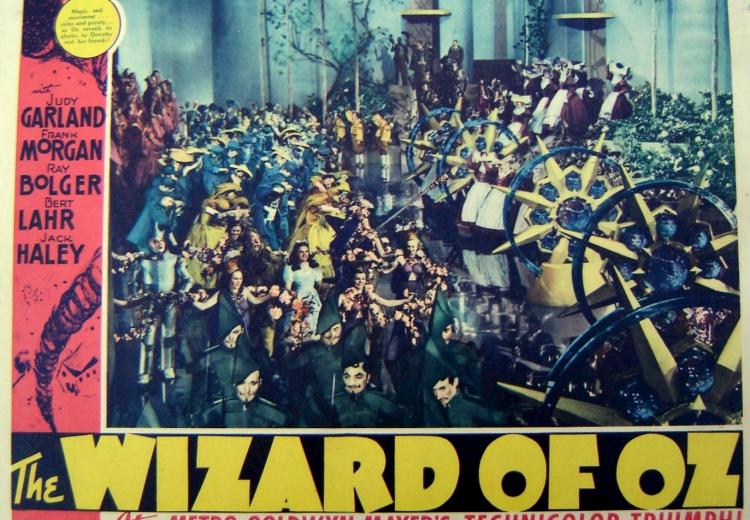Now that the film or film excerpt is over, what will students do to further their knowledge about film making, casting, costuming, and more? Use the activity prompts below to catalyze student inquiry about key topics and other course related areas of study.
Role play—Take on the role of a dramaturg, set designer, costume designer, location scout, or cinematographer. What do you need to know before filming begins? How will your role affect the production of the film? How does your involvement affect the telling of the story? What role does technology play in assisting you in the completion of your responsibilities to the film?
Missing perspectives—Identify a scene that you believe is missing something. Perhaps there is need for a counter argument based on primary source analysis or a character was omitted from the film despite having a connection of historical importance to the story. Based on research, revise the script to add dialogue that draws upon primary source materials. Does your addition change the trajectory of the film?
Time and place—What if the film was set in another time and place? What would change about cultural norms, casting, and more if the film had a different setting? If the film being analyzed is historical, did similar stories occur elsewhere at the time, how will you tell that story, and/or are they relevant now?
Close Reading—Select a scene or two from a film and analyze them the way you would a political cartoon or piece of art. The close reading of a film involves analyzing symbols, lighting, camera angles, facial expressions, body language, background, and more. Incorporating film analysis vocabulary within an essay, a critique written for a public audience, or using storyboard software to record a voice over analysis that combines audio and visual media are possible forms for students to demonstrate learning.
The Cutting Room Floor—What students learn from analyzing films and the film making process can be applied to the creation of a short film of their own. Whether it is an original screenplay and production, a documentary style film that incorporates audio and visual resources with a voiceover, or some other form of filmmaking, students can utilize digital storyboard software to create their own short film. In doing so, students will be able to discuss their decision making about what was kept in and what was left out, demonstrate understanding of concepts such as point of view analysis, narrative, and other components of writing, editing, and producing visual media.
Write a Review—Consider the following when preparing to write a review of a film as if you will publish it for the public to read as they decide whether or not to watch the film. In addition to the prompts below, review Duke University's Thompson Writing Program Film Review guide.
- Before watching the film, conduct research about the director, screenplay writer, the lead actors, the subjects and topics you know are included within the film, and other elements of interest to you and of importance to the film.
- While watching the film, use some of the questions provided above to analyze the film, but also develop your own perspective on the film that goes beyond the plot (i.e your analysis). Collect notes about the plot, symbolism, questions you have about historical accuracy (if relevant), the score or other musical contributions, and other images or topics that capture your attention.
- After viewing the film, conduct research to answer the questions you have developed and begin writing your review. Keep in mind that a review does not focus on critiquing what you did not like about the film (although there is room for such evaluation), but rather, a review offers an objective consideration of what the director, actors, cinematographer, writer, and other contributors are doing as story tellers using an audio-visual medium.
The Purdue University Online Writing Lab (OWL) provides sample film reviews and other suggestions for this type of writing assignment.

